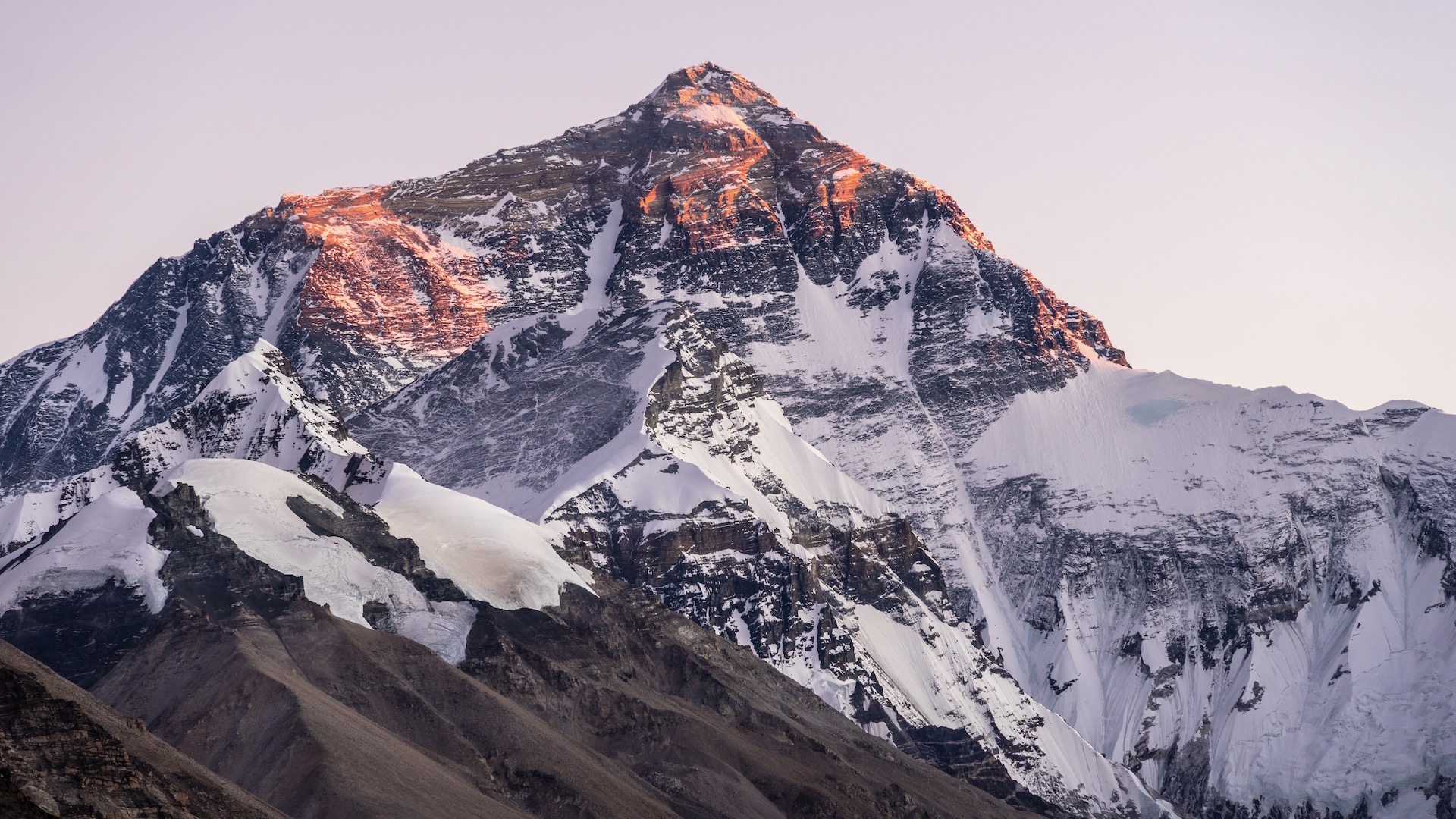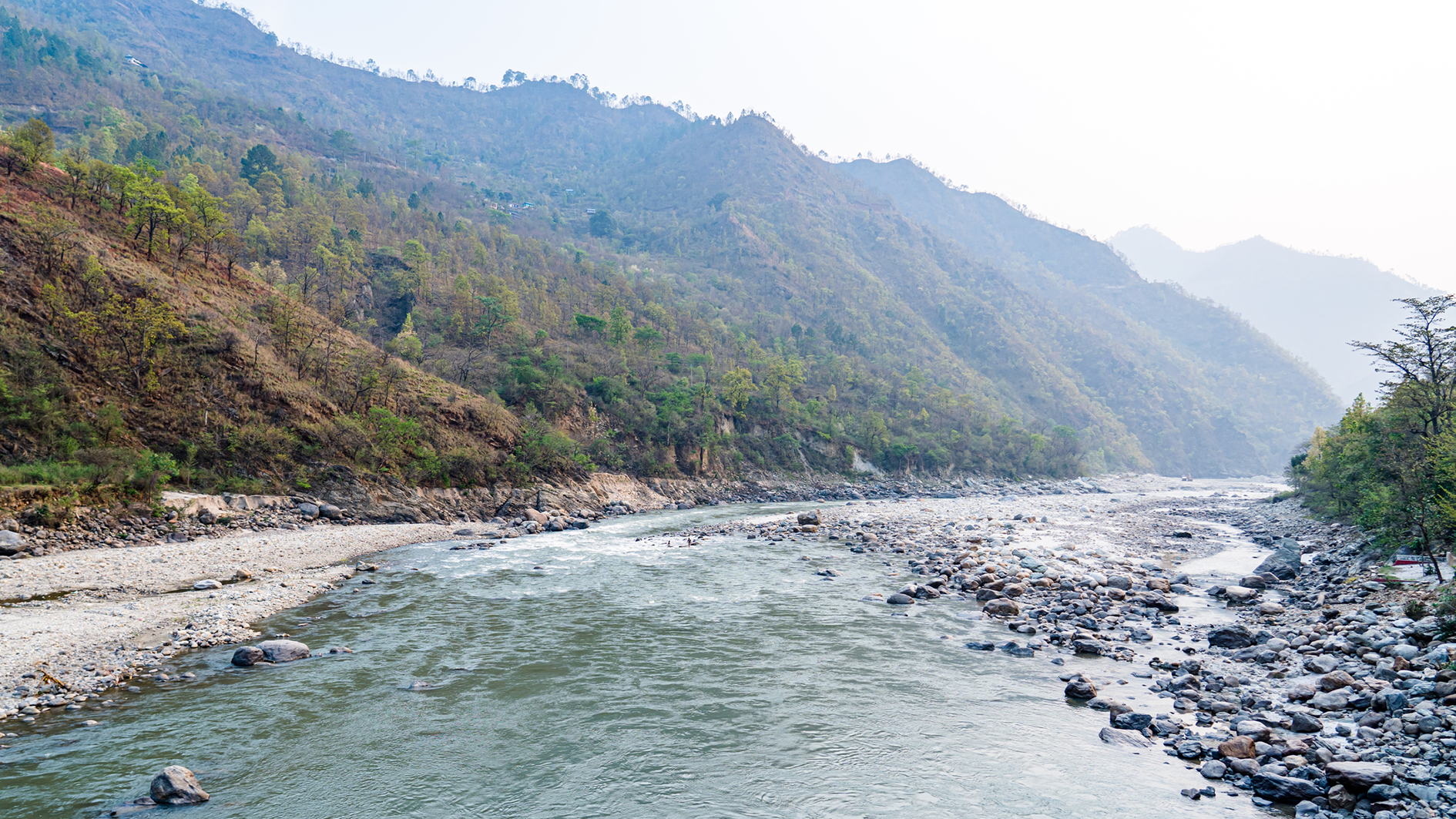
The world’s tallest mountain is still growing. At 50 million years old and 29,032ft / 8,849m high, the trek to the top of Mount Everest is getting a little longer every year according to new research.
Everest was born alongside the side rest of the Himalayas when the Indian subcontinent collided with the Eurasian tectonic plate. The Himalayas are still feeling the effects of this collision and continue to be pushed upwards.
Now, a new study suggests that Everest is getting an additional height boost as a result of erosion from its surrounding rivers, which is giving the ancient peak an average extra 0.006in / 0.16mm to 0.02in / 0.53mm in height per year. The process began 89,000 years ago when the upper and lower reaches of the Arun river merged, connecting the Nepalese river, which lies north of Everest to the Kosi river system.
Publishing their findings on September 30, researchers from the University of Geosciences, Beijing and University College London uncovered the Arun’s merging and resulting Everest growth through analyzing erosion patterns.
“At that time, there would be an enormous amount of additional water flowing through the Arun River,” explained co-author Dr Matthew Fox in the journal of Nature Geoscience. “This would have been able to transport more sediment and erode more bedrock, and cut down into the valley bottom.”

This phenomenon is not unique to Everest, with other Himalayan mountains such as Lohtse and Makalu also growing thanks to the ancient merging of rivers.
About 800 people attempt to climb Mount Everest every year, with far fewer reaching the top and several perishing. In 2023 alone, there were 18 deaths compared to the 667 summits.
In 2022, other geological factors threatened to impact the world’s tallest peak when Nepal’s government announced that it would be moving Everest's base camp from the Khumbu glacier where it currently sits as it's rapidly melting due to global warming. However the plan was later shelved due to the overwhelming opposition of the Sherpas who frequent the camp.
- Mountaineering vs rock climbing what's the difference
- The best ice axes: for tackling frozen terrain






